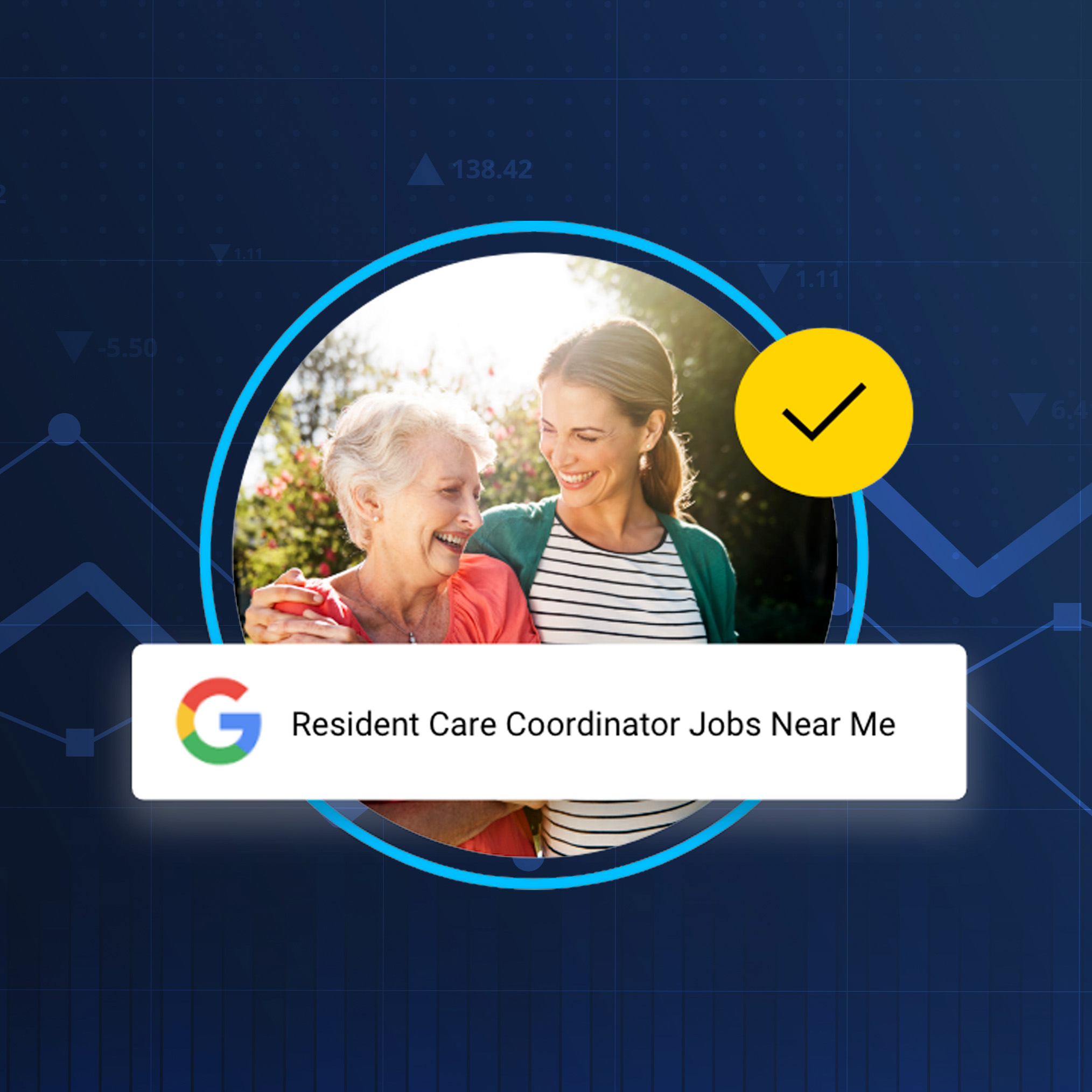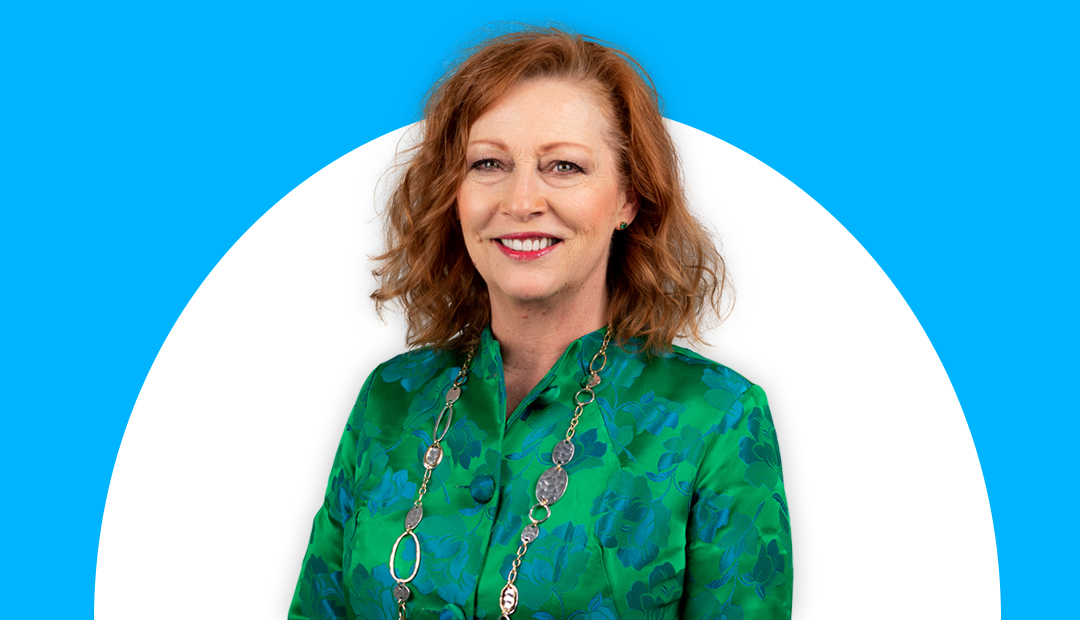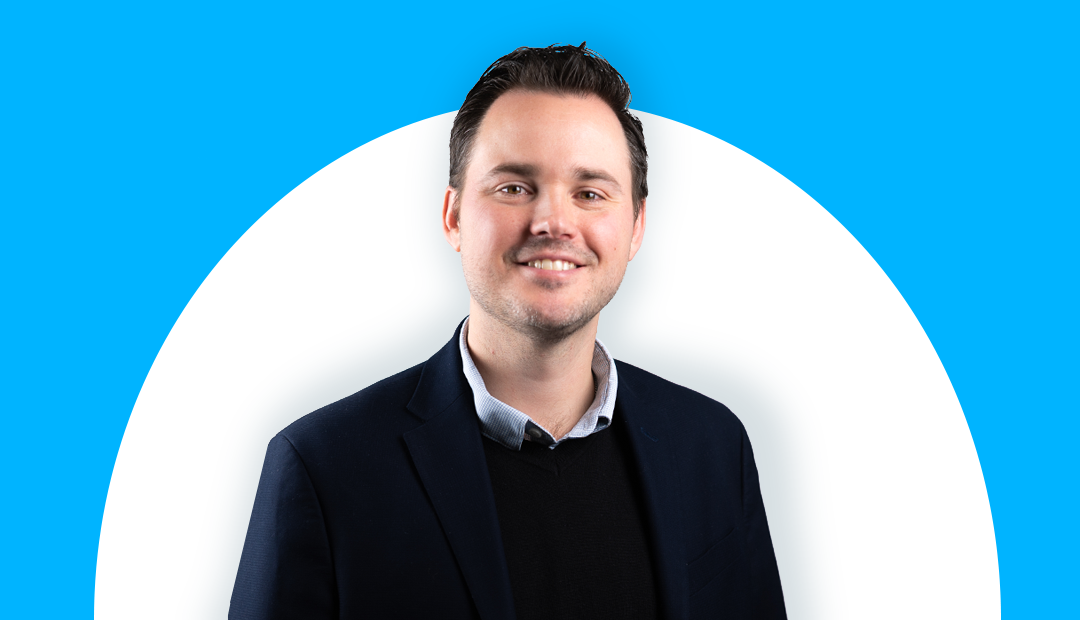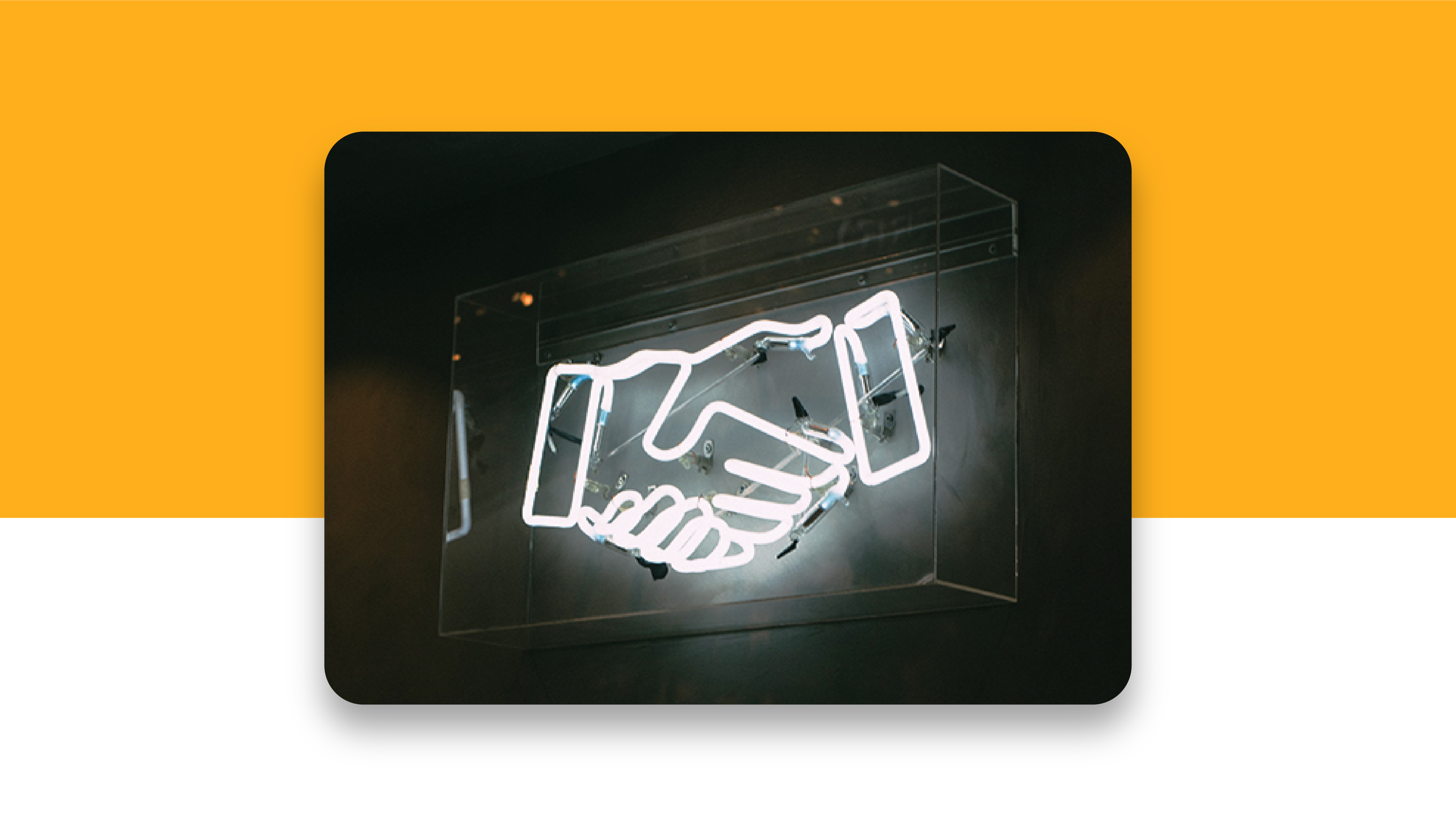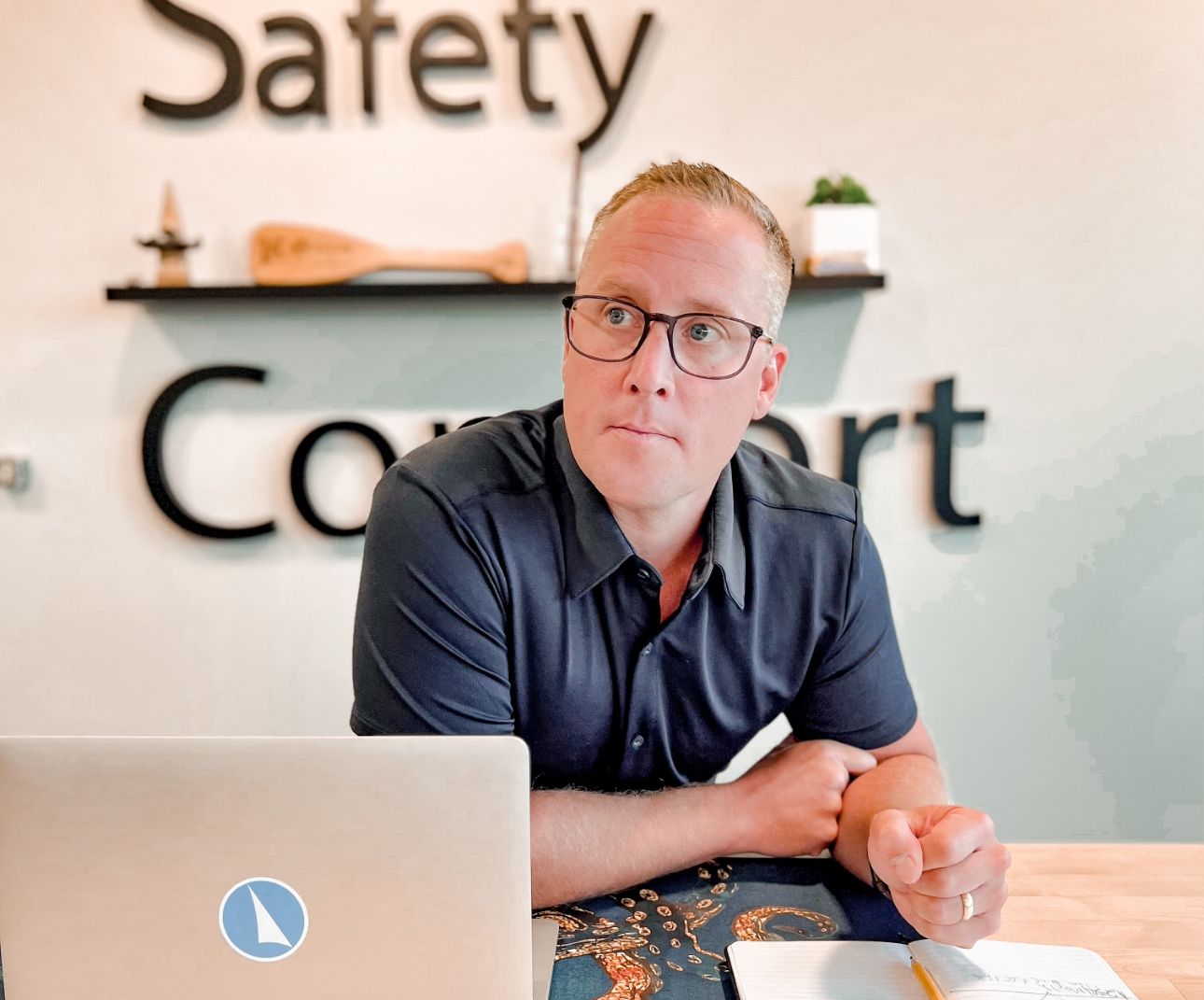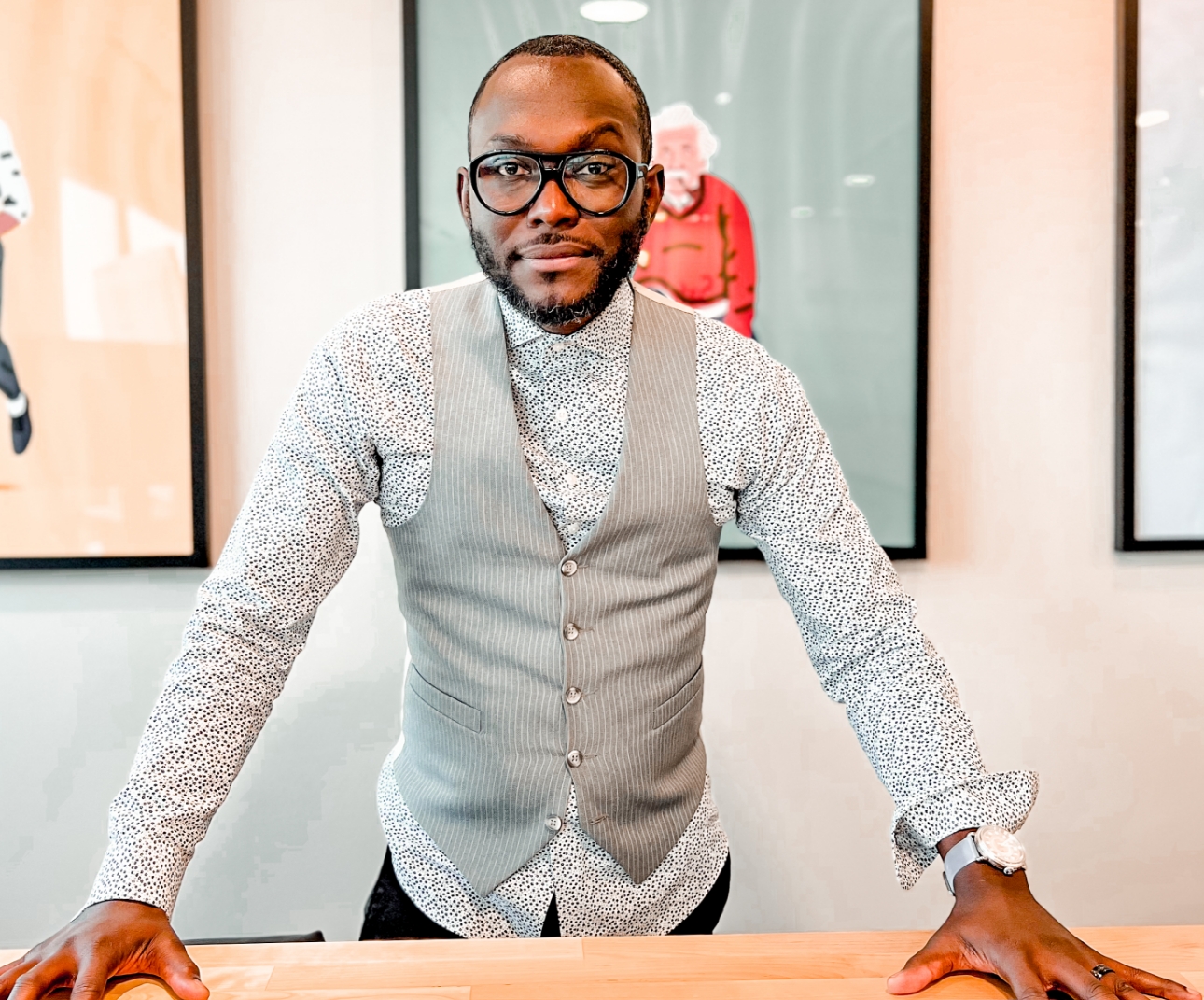The nexus of technology and creativity is the sweet spot for SSDM Chief Creative Officer and Partner, Michael J. Taylor II.
What the Studio Taught Me About Leading Creative Teams
There’s something uniquely satisfying about watching ideas take shape — whether through a recording console or a marketing campaign. As someone who started behind a mixing board and now leads a creative agency, I’ve seen how structure and spontaneity can live side by side when creativity is paired with the right tools.
Music Was My First Sandbox
Before I ever built a brand campaign, I was crafting beats and recording vocals. In the studio, I learned how sound, timing, and texture shape emotion. You don’t just hit record — you shape something with intention. Fast forward, and I see the same patterns in our client work. The cadence of a campaign, the way messaging flows across touchpoints — it’s all rhythm. It’s storytelling with structure.
A Moment That Shifted Everything
While studying music business at Wayne State, I took a gig with the PR team at the Detroit Symphony Orchestra. That role pushed me beyond the creative space and into real audience engagement. We weren’t just booking concerts — we were building connection through early experiments with social content and virtual performances. The DSO’s audience wasn’t just in the seats anymore — they were logging in from Florida, Chicago, and everywhere in between.
That showed me how digital could extend the life and reach of something built for a single moment.
In digital marketing, the technologies we use to produce, distribute and measure advertising campaign success are just as important as the creative output itself.
Learning to Build, Not Just Brand
Later, I landed at Sony Music, working with indie artists who had all the talent in the world and almost none of the budget. That meant I had to learn how to build — literally. I designed websites, built press kits, and figured out how to stretch each tool for maximum value. I wasn’t aiming to be “technical.” I just didn’t like waiting around. That urgency to figure things out is what shaped how I lead today.
Creative Work Deserves Better Tools
At SSDM, we’re always asking: how do we get better work to market, faster and more effectively?
The answer isn’t just more ideas. It’s better structure around them. We’ve built a creative operation that respects great thinking but also depends on great tools. Personalization, real-time data, message mapping — these aren’t buzzwords around here. They’re how we make sure that smart strategy shows up clearly for the people who need to see it.
And when the tools do their job, our team can focus more on the thinking and less on the mechanics.
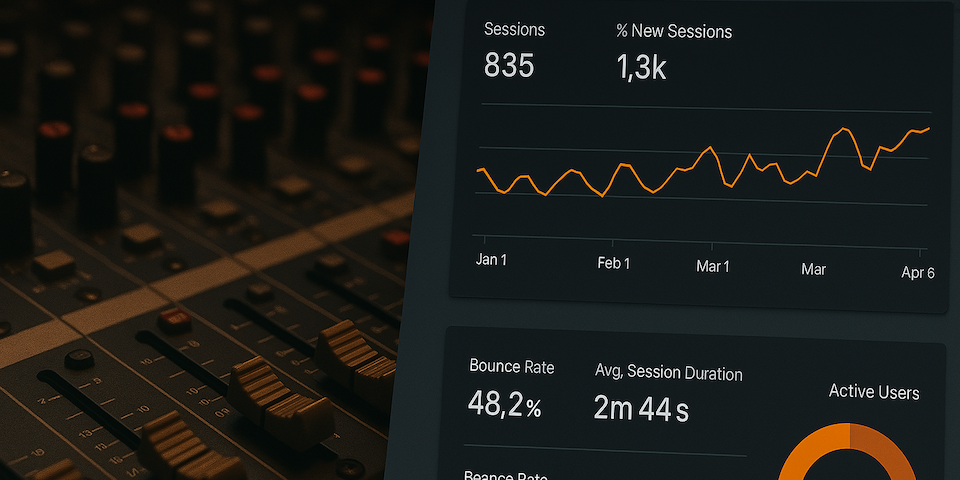
I didn’t set out to become a technical resource expert, but today, it’s really a necessary part of the job of a creative director, so I count it as a huge asset that I’m comfortable with it.
Strategy Doesn’t End With Launch
One of the most misunderstood aspects of creative work is what happens after go-live. Too many teams focus on the big debut. But for us, that’s the moment we start looking at the clues. Who’s engaging? Where’s the momentum? What needs to shift?
Technology helps us get those answers faster — and that lets our clients stay focused on their growth, not guesswork.
Closing Thought
People love to talk about how “fast everything changes.” But the real differentiator isn’t change. It’s the ability to adapt with clarity. At SSDM, we build campaigns that are structured to adjust without losing their edge. Creativity needs room, but it also needs accountability — and that’s the line we walk every day.



